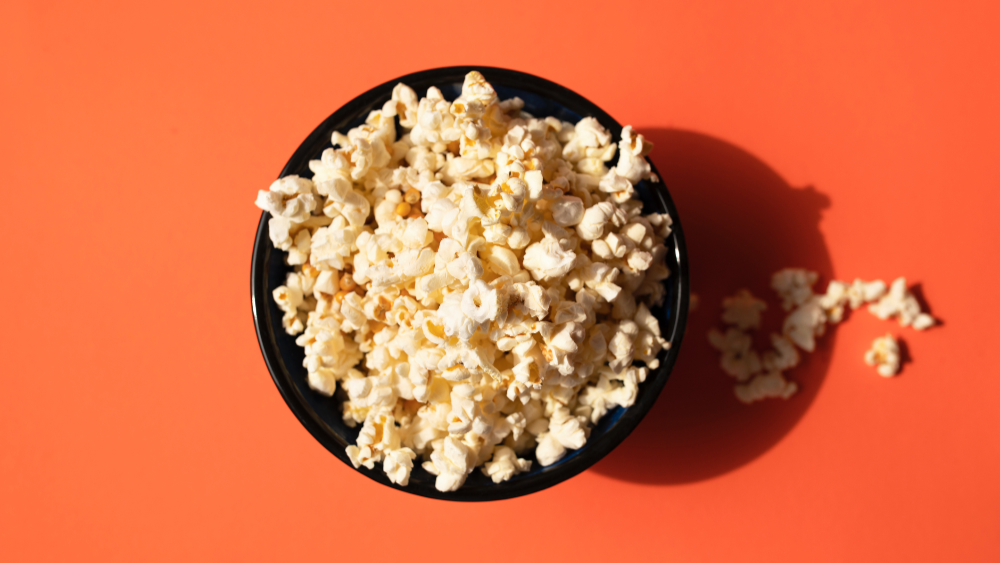
We all know it's not good for us to eat too much salt. Yet there are quite a few foods that are quite salty.
For example, it may just be that these already ensure that you quickly reach your daily recommended amount, or perhaps even exceed it. To prevent this, we have listed the best alternatives for the 8 saltiest products for you.
Read also :'This is what happens when you eat too much salt'
Bread can contain up to 230 milligrams of salt per slice and that is before you put it on… How do you prevent you from ingesting too much salt through bread? Choose a bread that is low in sodium, which often contains 100 milligrams of salt per slice. Of course you can also bake a delicious bread yourself, then you know exactly what kind of nutrients it contains.
We already knew that pizza is not one of the healthiest meals. But did you know that just one slice of oven pizza already contains 730 milligrams (!) of sodium. That's about a third of your daily recommended amount! And then we haven't even mentioned the fresh pizzas that you have delivered via Thuisbezorgd… What could you do better? Opt for a pizza without salty toppings such as pepperoni or anchovies, opt for a low-sodium variant or – even better – make your own pizza! Use extra vegetables to add more fiber and you have a tasty and healthier pizza.
Sodium is used to preserve processed and prepackaged meats, and once you opt for a marinated variety, you're likely to ingest even more sodium. Two ounces of roasted marinated chicken breast can already contain 480 milligrams (that's 20 percent of your daily recommended intake) of sodium. Instead, opt for unsalted turkey breast, which has only 55 grams of sodium per serving. Fill the rest of your meal with vegetables or fruit. This way you still get that rich taste you need, but you consume less salt.
Not only processed and prepackaged meat, but also canned soups contain a lot of salt, namely to preserve the soup. A can or pack of soup usually contains 2.5 servings, while just one serving contains 890 milligrams (40% of your daily recommended amount)! Spooning away a whole pack on your own means that you get all your daily salt needs with just your soup. It is better to buy a soup with a low sodium content and add your own ingredients, such as vegetables, vermicelli and herbs, to add flavor. Or, even better of course:make your own soup with fresh ingredients!
Cooking at home is a great way to cut down on salt, but it's also important that you use the right ingredients. Homemade tacos can be healthy if you use a low-salt spice mix or, better yet, use your own spices. So get rid of the prepackaged spice mixes and make your own spice combination. Think of paprika, curry and ginger for a taste boost. In addition, use herbs and spices, vinegar and lemon juice/grated for extra flavor without using salt. This way you don't have to use a spice mix – which can contain up to 430 milligrams of sodium!
When you're craving something savory, you'll quickly reach for these salt bombs:chips, popcorn, snack mixes, and crackers. One of the largest sources of salt in the snack category is cinema popcorn:a small container can already contain 550 milligrams of salt, while a large container quickly contains 980 milligrams (!). Craving popcorn, but not in the mood for salt? Then make your own popcorn with your own spices, such as black pepper. Still craving salt? Then use sea salt:it contains no less sodium, but consists of larger crystals than regular salt, so you use less of it faster.
The more processed cheese is, the more salt it often contains. A single slice of cheese can contain up to 220 milligrams of sodium – how? And of course there is a good chance that you normally don't stick to one slice… It is therefore better to buy a block of cheese than processed or grated cheese. Sodium is often used in processed and grated cheese to keep the cheese good and to prevent it from lumping, which is not the case in a block of cheese.
Eggs aren't very high in sodium on their own — one egg contains about 70 milligrams — but once you add cheese, salt and bacon to make an omelette, sodium levels quickly skyrocket. So opt for flavoring your omelette with herbs, spices and nutritional yeast – it tastes just like cheese, but contains a lot more sodium!
Source: Livestrong.com